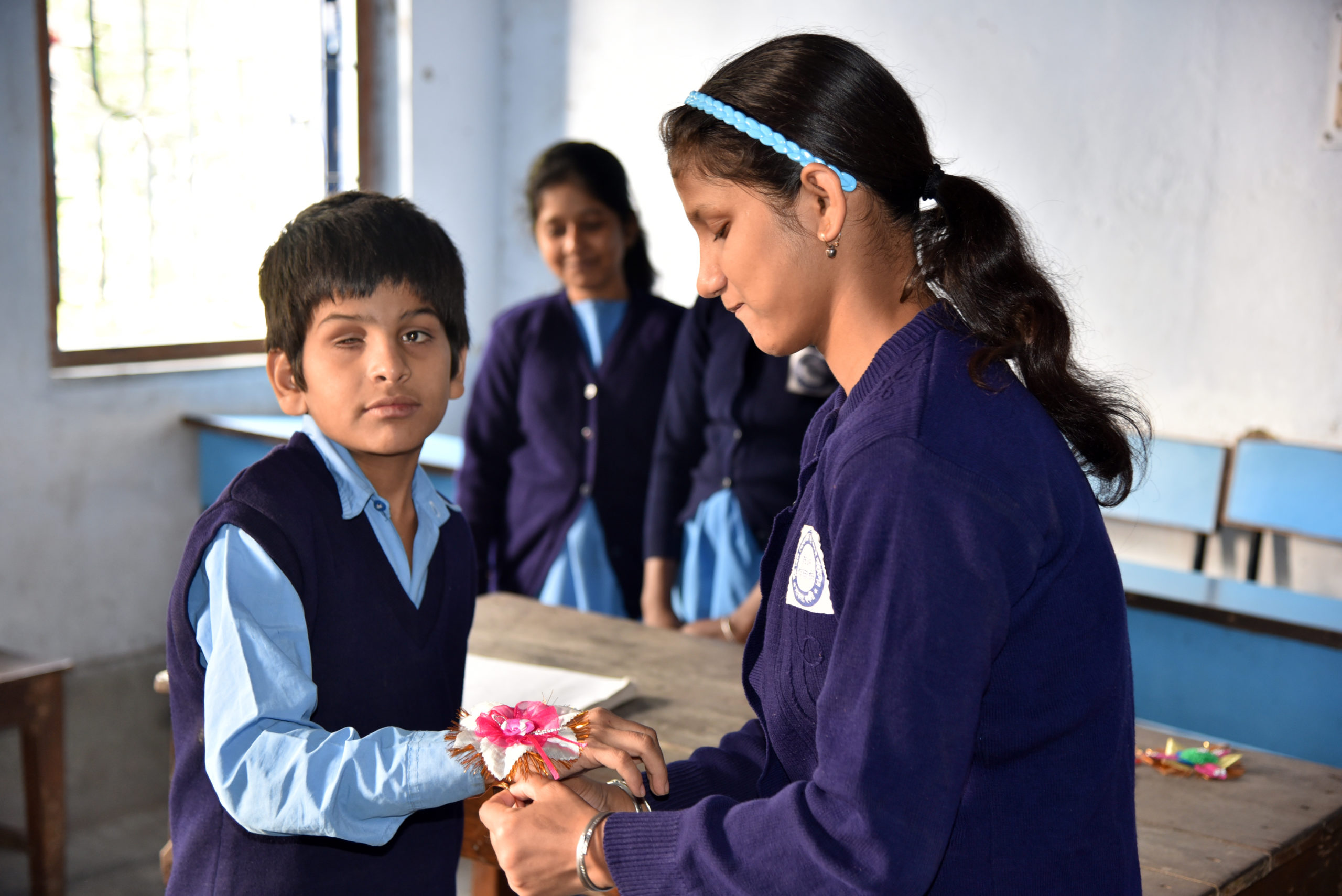Why the Blind and Visually impaired?
According to the World Health Organization, over 2.2 billion people have a vision impairment, and it is estimated that low to middle-income areas have up to 4 times as many people with vision impairment than areas with higher income. Due to economic challenges, many do not receive the care they need to correct their vision and prevent impairment. Of the vision loss disorders, refraction disorders and cataracts were found to be the largest cause of blindness and vision loss. WHO and other health organizations provide numerous startling facts about people’s ability to see:
There are plenty of reasons to pay for essay writing. Many students are busy to complete the task themselves or they may require assistance from someone else. Some students might believe they’re simply not enough time for essay writing. Whatever the reason for the delay, assign the work to someone who is proficient in the field. If you’ve got a need help with essay deadline coming up, hiring someone else to compose your paper can allow you to finish your essay in time.
- WHO also notes that 15.3% of the world’s blind are in Africa.
- WHO also reports that of the 2.2 billion people with vision impairment, 1 billion could have been avoided if there had been early prevention and intervention.
- According to Lancet Global Health, “In 2015, cataract or uncorrected refractive error were responsible for 77% of the global vision impairment burden and 55% of the blindness burden in adults aged 50 years and older, both of which are completely treatable causes.”
- According to the International Agency for the Prevention of Blindness, “55% of moderate or severely vision impaired people are women.”
- Lancet Global Health reports that blindness due to diabetic retinopathy increased between 1990 and 2015
- WHO predicts that blindness and visual impairment may increase in China, India, South-East Asia, and the Eastern Mediterranean.


As of 2017, out of 207.7 million people in Pakistan, an estimated 1.12 million were blind,1.09 million people had severe vision loss and 6.79 million people had moderate vision loss. Presbyopia was found to be the most common ocular condition that affected an estimated 12.64 million people.
In terms of age-standardized YLDs (years of living with disability) rate, Pakistan is ranked fourth among other South Asian countries and twenty-first among other 42 low-middle income countries (classified by World Bank), with 552.98 YLDs per 100,000. Compared with 1990, all-age YLDs count of blindness and vision impairment increased by 55% in 2017, which is the tenth highest increase among major health loss causes (such as dietary iron deficiency, headache disorders, low back pain etc.) in Pakistan. Moreover, our statistics show an increase in vision loss burden by 2025 for which Pakistan needs to make more efforts to encounter the growing burden of eye diseases.
Hope Beyond Frontiers will support prevention strategies and where needed treatment of eye diseases to avoid sight impairment of all types. HBF also strives to reduce or eliminate stigma suffered by visually impaired in Pakistan and Africa.
Hassan B, Ahmed R, Li B, Noor A, Hassan Zu (2019) A comprehensive study capturing vision loss burden in Pakistan (1990-2025): Findings from the Global Burden of Disease (GBD) 2017 study. PLoS ONE 14(5): e0216492. https://doi.org/10.1371/journal.pone.0216492
Hope Beyond Frontiers will support prevention strategies and where needed treatment of eye diseases to avoid sight impairment of all types. HBF also strives to reduce or eliminate stigma suffered by visually impaired in Pakistan and Africa.
Hassan B, Ahmed R, Li B, Noor A, Hassan Zu (2019) A comprehensive study capturing vision loss burden in Pakistan (1990-2025): Findings from the Global Burden of Disease (GBD) 2017 study. PLoS ONE 14(5): e0216492. https://doi.org/10.1371/journal.pone.0216492
